
漢德百科全書 | 汉德百科全书
 Demokratische Republik Timor-Leste
Demokratische Republik Timor-Leste
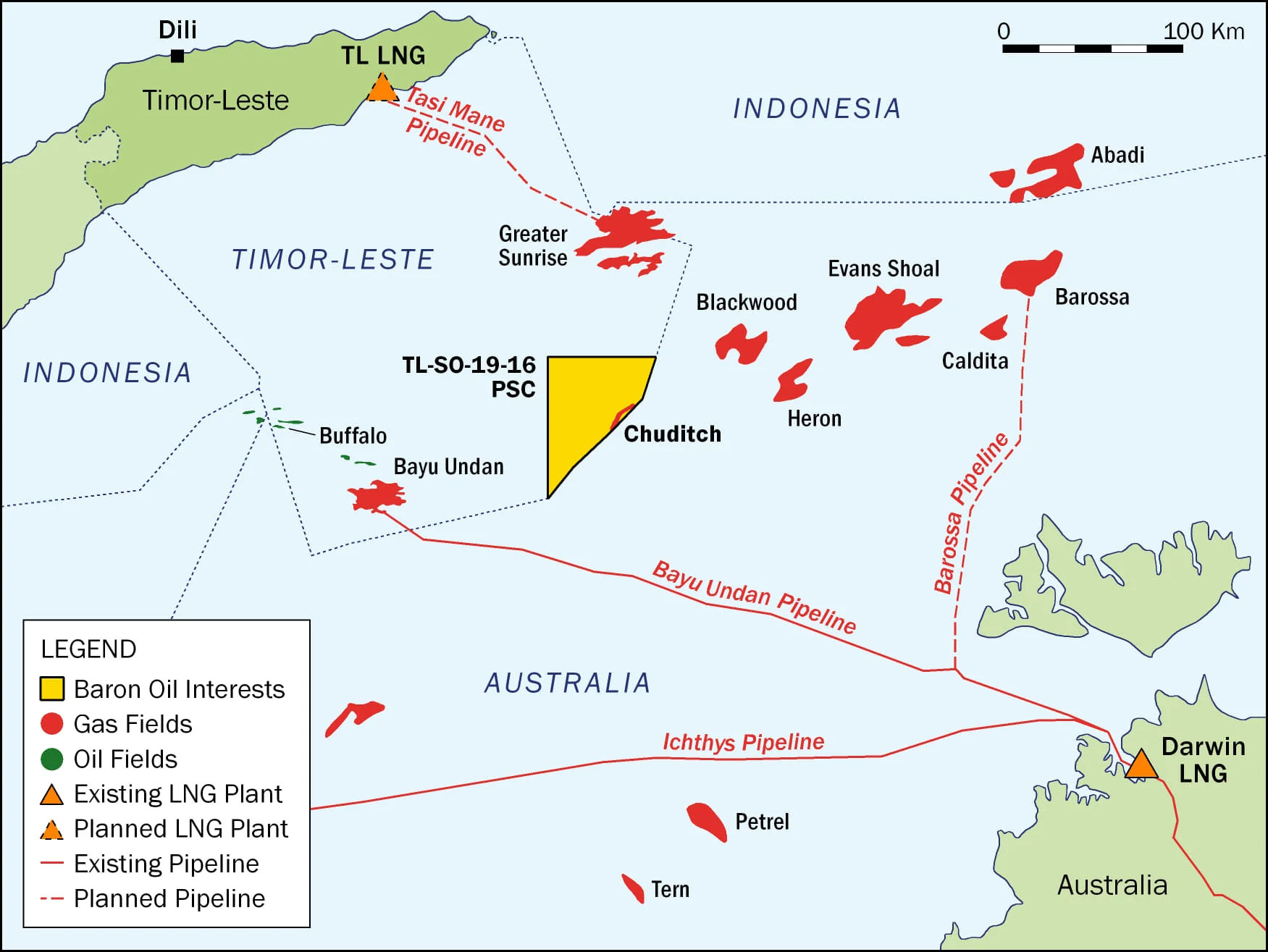
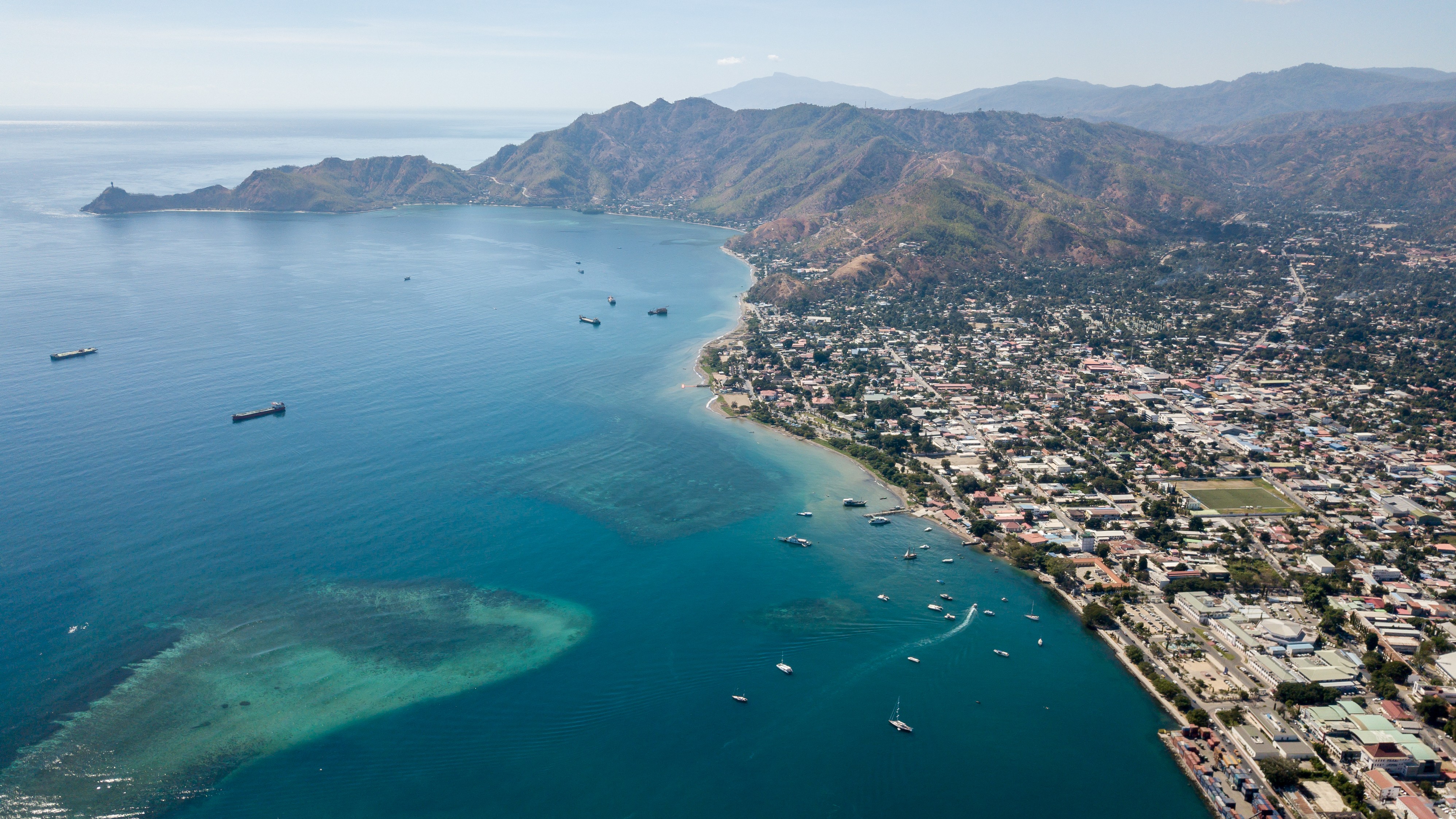


 Brunei Darussalam
Brunei Darussalam
 Demokratische Republik Timor-Leste
Demokratische Republik Timor-Leste
 Indonesia
Indonesia
 Cambodia
Cambodia
 Laos
Laos
 Malaysia
Malaysia
 Myanmar
Myanmar
 Philippines
Philippines
 Singapore
Singapore
 Thailand
Thailand
 Vietnam
Vietnam

 Angola
Angola
 Equatorial Guinea
Equatorial Guinea
 Brazil
Brazil
 Demokratische Republik Timor-Leste
Demokratische Republik Timor-Leste

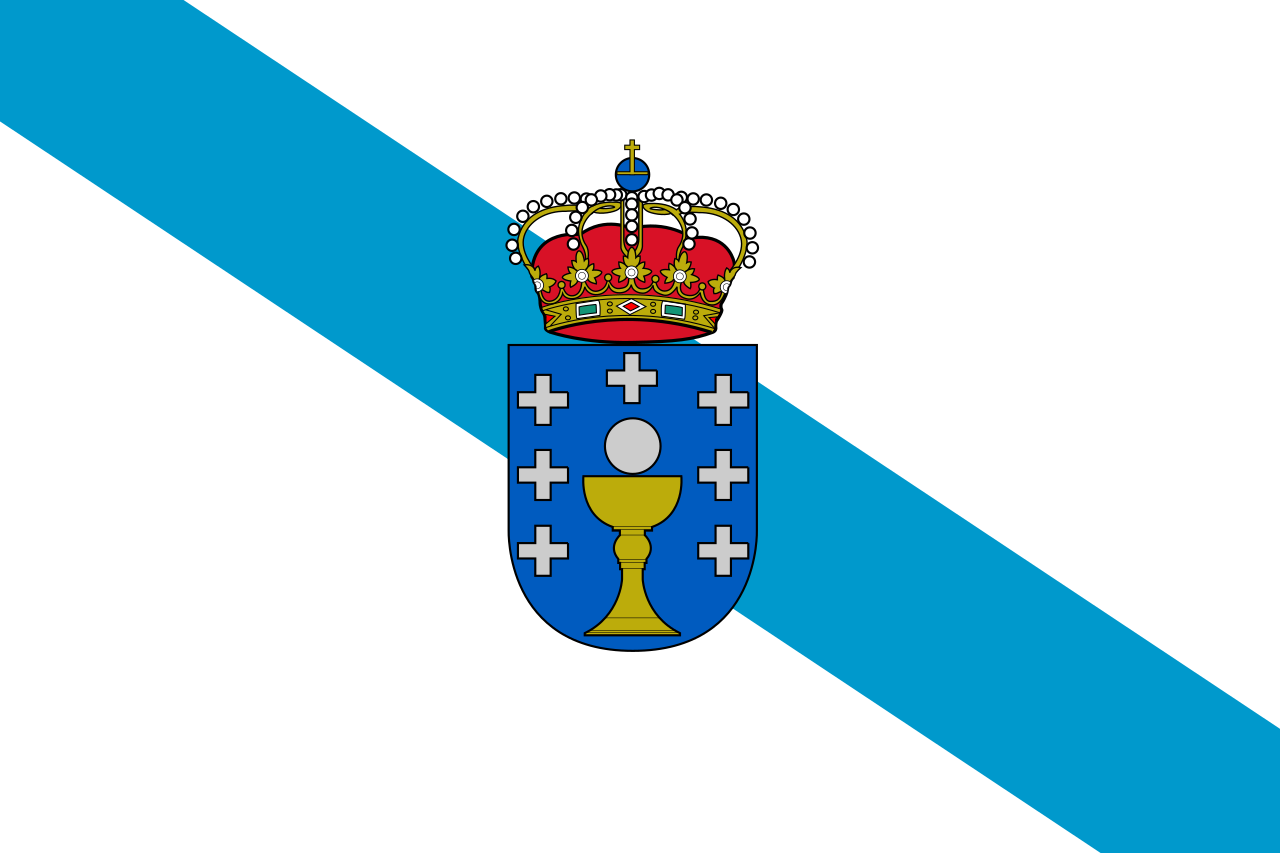 Galicia
Galicia
 Guinea-Bissau
Guinea-Bissau

 Hand in Hand
Hand in Hand

 Hand in Hand
Hand in Hand
 Institute of Culture and Language
Institute of Culture and Language
 Kap Verde
Kap Verde

 Literature
Literature
 Macau Tebiexingzhengqu-MO
Macau Tebiexingzhengqu-MO
 Mosambik
Mosambik
 Portugal
Portugal
 Sao Tome und Principe
Sao Tome und Principe
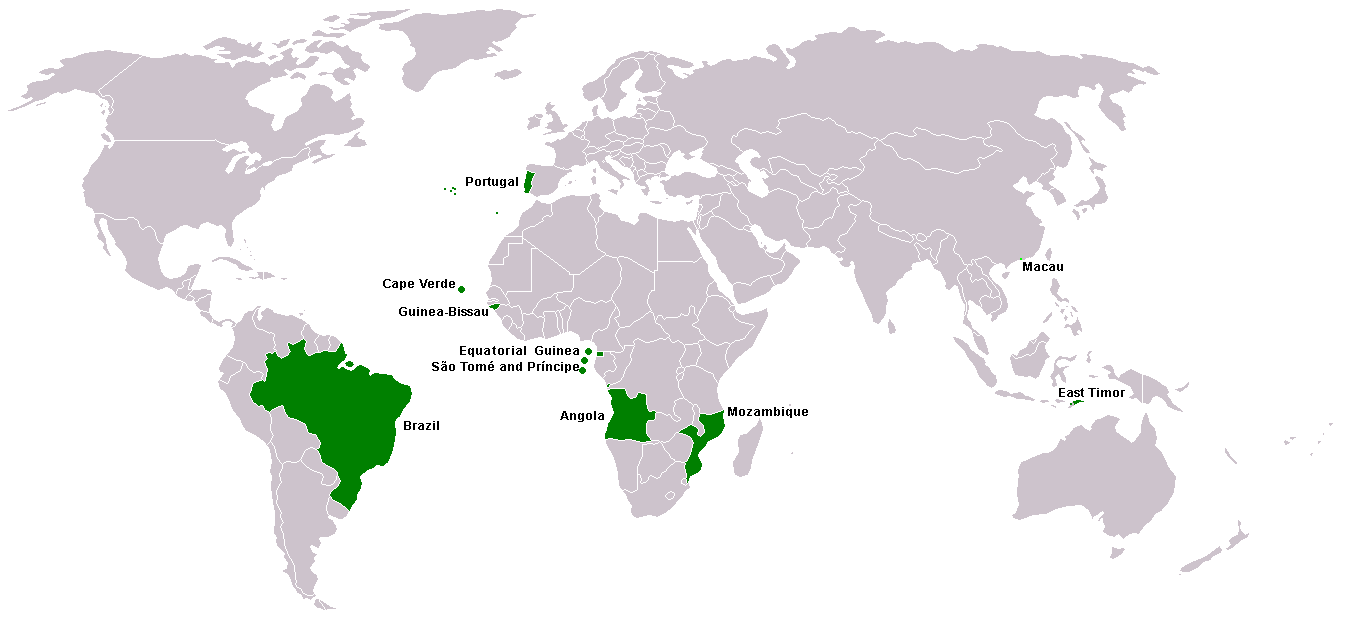
Die portugiesische Sprache (portugiesisch português) ist eine Sprache aus dem romanischen Zweig der indogermanischen Sprachfamilie und bildet mit dem Spanischen (der kastilischen Sprache), Katalanischen und weiteren Sprachen der Iberischen Halbinsel die engere Einheit des Iberoromanischen. Zusammen mit dem Galicischen in Nordwest-Spanien geht sie auf eine gemeinsame Ursprungssprache zurück, das Galicisch-Portugiesische, das sich zwischen Spätantike und Frühmittelalter entwickelte. Nach der Herausbildung der Staatlichkeit Portugals entwickelten sich daraus die beiden heutigen Sprachen. Heute gilt Portugiesisch als Weltsprache.
Es wird von über 240 Millionen Muttersprachlern gesprochen; einschließlich der Zweitsprachler beläuft sich die Zahl der Sprecher auf etwa 270 Millionen.
Die portugiesische Sprache verbreitete sich weltweit im 15. und 16. Jahrhundert, als Portugal sein Kolonialreich aufbaute, das in Teilen bis in das Jahr 1975 überdauerte und das heutige Brasilien sowie Gebiete in Afrika und an den Küsten Asiens umfasste. Als letztes ging Macau aus portugiesischem Besitz an China über. Daraus ergab sich, dass Portugiesisch heute die Amtssprache mehrerer unabhängiger Staaten ist und darüber hinaus von vielen Menschen als Minderheiten- oder Zweitsprache gesprochen wird. Neben dem eigentlichen Portugiesischen gibt es etwa zwanzig Kreolsprachen auf überwiegend portugiesischer Basis. Durch die Auswanderung aus Portugal ist Portugiesisch in den letzten Jahrzehnten in mehreren Staaten Westeuropas und in Nordamerika zu einer wichtigen Minderheitensprache geworden.
葡萄牙语(Português)简称葡语,是罗曼语族的一种语言。葡语以使用国家数量来算是世界排名第七的语言,使用地区包括葡萄牙、巴西、安哥拉、莫桑比克、佛得角、圣多美和普林西比、几内亚比绍、东帝汶和澳门,共计九个国家或地区。超过两亿人口以葡萄牙语为母语。
由于葡萄牙从15世纪和16世纪开始向外进行殖民扩张,建立了包括美洲的巴西、亚洲的澳门的殖民统治,葡萄牙语也成为某些地区最常用的第二外语,如西印度的达曼-第乌联邦区,以及马来西亚的马六甲州。
最古早的葡萄牙语,源于中世纪的加里西亚王国所使用的一支通俗拉丁语变体。今日的母语人口约为2.1亿左右,若包含第二语言使用者则约为2.4亿人,通常被列为母语人口世界第6或第7多的语言[注 1]。葡萄牙语使用区域占地相当广泛,同时主要因为巴西众多的人口,葡萄牙语也是南半球最多人使用的语言,和拉丁美洲仅次于西班牙语的第二大语言。
西班牙作家米格尔·德·塞万提斯曾把葡萄牙语称作“甜蜜的语言”,巴西诗人奥拉沃·比拉克则把葡萄牙语比作“última flor do Lácio, inculta e bela”,意即“拉齐奥最后一朵绚烂的野花”。
葡语界目前唯一的诺贝尔文学奖得主,若泽·萨拉马戈曾说:“世上没有葡萄牙语这种语言,而是有很多语言使用葡语。”
ポルトガル語(ポルトガルご、português [puɾtuˈgeʃ]/[poɾtuˈges], língua portuguesa)は、主にポルトガル及びブラジルとその他の9の国と地域で公用語として使われている言語である。俗ラテン語から発展して形成されたロマンス語の1つで、スペイン語などと共にインド・ヨーロッパ語族イタリック語派に属する。
スペインの作家セルバンテスはポルトガル語を「甘美な言語」と評し、ブラジルの詩人オラーヴォ・ビラックは「ラティウムの最後の、粗野で美しい花」と評している。
ポルトガル語は、大航海時代のポルトガル海上帝国の成長とともにアジア・アフリカ地域に広まった。日本では最初に伝播したヨーロッパの言語であり、古くからの外来語として定着しているいくつかの単語は、ポルトガル語由来である。代表的な例として「パン」があり、戦国時代にキリスト教と共に伝わった。
Portuguese (português or, in full, língua portuguesa) is a Romance language originating in the Iberian Peninsula of Europe. It is the sole official language of Portugal, Angola, Mozambique, Guinea-Bissau, Cape Verde, São Tomé and Príncipe, and Brazil,[6] while having co-official language status in East Timor, Equatorial Guinea, and Macau. A Portuguese-speaking person or nation is referred to as "Lusophone" (lusófono). As the result of expansion during colonial times, a cultural presence of Portuguese and Portuguese creole speakers are also found around the world.[7] Portuguese is part of the Ibero-Romance group that evolved from several dialects of Vulgar Latin in the medieval Kingdom of Galicia and the County of Portugal, and has kept some Celtic phonology and its lexicon.[8][9]
With approximately 215 to 220 million native speakers and 50 million L2 speakers, Portuguese has approximately 270 million total speakers. It is usually listed as the sixth-most spoken language and the third-most spoken European language in the world in terms of native speakers.[10] Being the most widely spoken language in South America[11][12] and all of the Southern Hemisphere,[13] it is also the second-most spoken language, after Spanish, in Latin America, one of the 10 most spoken languages in Africa,[14] and is an official language of the European Union, Mercosur, the Organization of American States, the Economic Community of West African States, the African Union, and the Community of Portuguese Language Countries, an international organization made up of all of the world's officially Lusophone nations. In 1997, a comprehensive academic study ranked Portuguese, specifically the Brazilian variety, as one of the 10 most influential languages in the world.[15][16]
Le portugais (en portugais : português) est une langue appartenant à la branche romane de la famille des langues indo-européennes. Les locuteurs du portugais s'appellent les lusophones.
Le portugais occupe la sixième place des langues les plus parlées dans le monde si l'on tient compte du nombre de personnes dont c'est la langue maternelle. Il est la langue la plus parlée en Amérique du Sud2 et de l'hémisphère sud3, mais seconde en Amérique latine, après l'espagnol (plus du tiers de la population de l'Amérique latine parle le portugais). En Afrique, le portugais se présente comme une importante langue véhiculaire dans les anciennes colonies portugaises. Il représente au total 227,9 millions de locuteurs dont c'est la langue maternelle1 dans le monde et est ainsi la troisième langue européenne la plus parlée en tant que langue maternelle après l'espagnol (406 millions) et l'anglais (335 millions), et représente 4 %4 du PIB mondial. C'est aussi la cinquième langue par le nombre de pays ayant le portugais comme langue officielle4 et la septième pour le nombre de traductions à destination du portugais4
La « langue de Camões » est parlée au Portugal, y compris l'archipel de Madère et celui des Açores, au Brésil, en Angola, au Mozambique, au Cap-Vert, en Guinée-Bissau, en Guinée équatoriale, à Sao Tomé-et-Principe, au Timor oriental, à Goa (Inde), à Daman et Diu (Inde), Malacca en Malaisie et à Macao (Chine). Il appartient à la famille des langues ibéro-romanes et présente de nombreuses similitudes avec le castillan. Au-delà de ses origines fortement latines, 20 % du lexique portugais tire ses racines ailleurs, en particulier de la langue arabe mais aussi notamment de l'occitan. En Galice (Espagne) est parlé le galicien, avec qui il est très étroitement apparenté. Au Brésil, le tupi-guarani en a influencé le vocabulaire.
Les normes de la langue portugaise sont régies par l’Instituto Internacional da Língua Portuguesa et la Comunidade dos Países de Língua Portuguesa.
Des créoles à base portugaise sont parlés au Cap-Vert, en Guinée-Bissau, au Sénégal et à Sao Tomé-et-Principe.
Il portoghese ( português, /puɾtuˈɣeʃ/, /poɾtuˈɡes/ o /poɾtuˈɡeis/ a seconda delle varietà) è una lingua romanza, appartenente al gruppo delle lingue gallo-iberiche; con 228 milioni di locutori madrelingua (L1), è la nona lingua madre più parlata al mondo, la prima dell'emisfero sud e del subcontinente sudamericano (circa metà dei parlanti), ed è inoltre la seconda lingua neolatina più parlata, dietro soltanto spagnolo
La lingua portoghese si diffuse nel mondo nel XV e XVI secolo, cioè nel momento in cui il Portogallo, il primo e più duraturo impero coloniale e commerciale d'Europa, stava estendendosi dal Brasile, nelle Americhe, fino a Macao, in Cina, e in Giappone.[1] Il risultato di questa espansione è che il portoghese, al giorno d'oggi, è la lingua ufficiale di nove Paesi indipendenti ed è largamente parlato o studiato come seconda lingua in molti altri. Esistono ancora circa venti lingue creole basate sul portoghese.
Importante lingua minoritaria in Andorra, Germania, Lussemburgo, Paraguay, Namibia, Svizzera e Sudafrica, esistono, inoltre, comunità parlanti portoghese in molte città e regioni del mondo, come per esempio Parigi in Francia, Tokyo in Giappone, Boston, New Jersey e Miami negli Stati Uniti d'America, nonché le province argentine di Corrientes, Misiones, Entre Ríos e Buenos Aires.
El idioma portugués (português ![]() escuchar (?·i) o língua portuguesa) es una lengua romance flexiva, procedente del galaicoportugués. Tras la independencia de Portugal en 1139 y la posterior reconquista hacia el sur, el idioma se fue expandiendo por los límites del actual Portugal. Asimismo, la lengua se fue difundiendo en el periodo de los descubrimientos por Brasil, seis países en África y otras partes del mundo.2
escuchar (?·i) o língua portuguesa) es una lengua romance flexiva, procedente del galaicoportugués. Tras la independencia de Portugal en 1139 y la posterior reconquista hacia el sur, el idioma se fue expandiendo por los límites del actual Portugal. Asimismo, la lengua se fue difundiendo en el periodo de los descubrimientos por Brasil, seis países en África y otras partes del mundo.2
Con aproximadamente 260 000 000 de hablantes,1 el portugués es la séptima lengua materna más hablada del mundo y la tercera lengua más hablada en usar el alfabeto latino, después del español y el inglés.1 El portugués es también la lengua más hablada del hemisferio sur, con Angola, Mozambique, Timor Oriental y, en primer lugar, Brasil.
Actualmente, es la lengua principal de Portugal, Brasil, Angola, Guinea-Bissau, Mozambique, Cabo Verde, Santo Tomé y Príncipe y Timor Oriental; todos estos países conforman la Comunidad de países de lengua portuguesa. Asimismo posee una pequeña cantidad de hablantes en Macao (aunque se detecta un importante repunte en su uso por las relaciones comerciales entre China y los países lusófonos) y en Goa; también se habla en su forma criollizada, en algunos sectores de la India, Sri Lanka, Malasia e Indonesia. Se habla también por colonias grandes e importantes de países de habla portuguesa establecidas como Andorra, Luxemburgo, Canadá, Estados Unidos, Namibia, Paraguay, Uruguay, Francia, Japón, Colombia, y Venezuela.3 Además de tener un alto número de hablantes en localidades de la frontera hispano-portuguesa como es el caso de Badajoz o de la La Codosera.[cita requerida]
El portugués es conocido como la «lengua de Camões», el autor del poema épico Os Lusíadas y como «la última flor del Lacio», expresión usada en el soneto Língua portuguesa del escritor brasileño Olavo Bilac.4 Por su parte, Miguel de Cervantes consideraba al portugués una lengua «dulce y agradable».5 En marzo de 2006 abrió sus puertas el Museo de la Lengua Portuguesa en São Paulo, la ciudad con mayor número de lusófonos del mundo.6
Португа́льский язы́к (порт. língua portuguesa) — язык романской группы индоевропейской семьи языков, иберо-романская подгруппа. Развился из средневекового галисийско-португальского языка. Письменность — на основе латинского алфавита. Это второй по числу носителей романский язык после близкородственного испанского и один из самых распространённых языков мира (6—8 места). Говорящие на португальском языке объединяются в общий термин лузофоны по имени римской провинции Лузитания, приблизительно соответствовавшей территории современной Португалии, а вся совокупность португалоязычных территорий — лузофония.

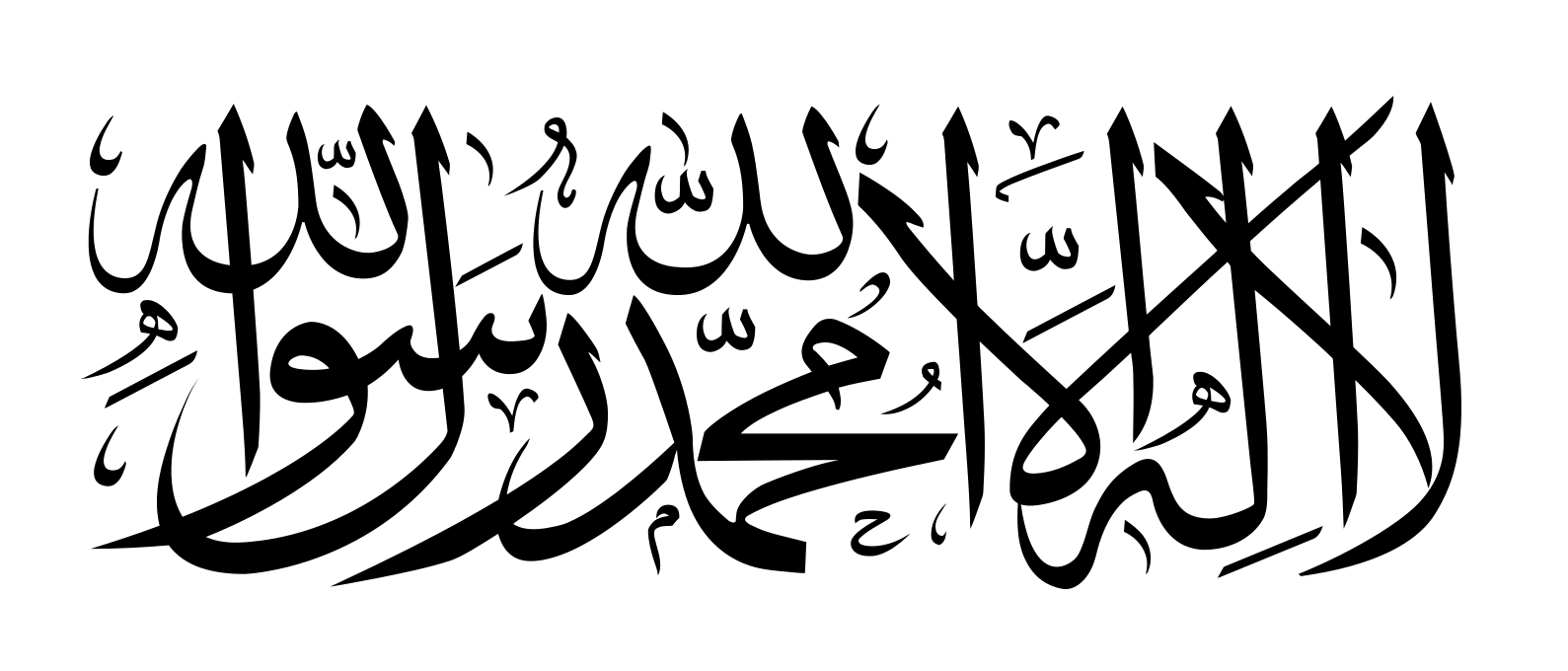 Afghanistan
Afghanistan
 Egypt
Egypt
 Albania
Albania
 Antigua and Barbuda
Antigua and Barbuda
 Argentina
Argentina
 Armenia
Armenia
 Azerbaijan
Azerbaijan
 Bahrain
Bahrain
 Bangladesh
Bangladesh
 Barbados
Barbados
 Beijing Shi-BJ
Beijing Shi-BJ
 Belarus
Belarus
 Belgium
Belgium
 Amber Road
Amber Road
 Bolivia
Bolivia
 Bosnia Herzegovina
Bosnia Herzegovina
 Bulgaria
Bulgaria
 Chile
Chile
 China
China
 Chongqing Shi-CQ
Chongqing Shi-CQ
 Columbia
Columbia
 Costa Rica
Costa Rica
 Cuba
Cuba
 Demokratische Republik Timor-Leste
Demokratische Republik Timor-Leste
 Dominica
Dominica
 Dominikanische Republik
Dominikanische Republik
 Ecuador
Ecuador
 Eritrea
Eritrea
 Fidschi
Fidschi

 Financial
Financial

 Financial
Financial
 *China economic data
*China economic data
 Fujian Sheng-FJ
Fujian Sheng-FJ
 Gansu Sheng-GS
Gansu Sheng-GS
 Georgia
Georgia
 Grenada
Grenada
 Greece
Greece
 Guangdong Sheng-GD
Guangdong Sheng-GD
 Guangxi Zhuangzu Zizhiqu-GX
Guangxi Zhuangzu Zizhiqu-GX
 Guyana
Guyana
 Hainan Sheng-HI
Hainan Sheng-HI

 Hand in Hand
Hand in Hand
 Hebei Sheng-HE
Hebei Sheng-HE
 Heilongjiang Sheng-HL
Heilongjiang Sheng-HL
 Henan Sheng-HA
Henan Sheng-HA
 Honduras
Honduras
 Hongkong Tebiexingzhengqu-HK
Hongkong Tebiexingzhengqu-HK
 Indonesia
Indonesia
 Iraq
Iraq
 Iran
Iran
 Jamaika
Jamaika
 Yemen
Yemen
 Jiangsu Sheng-JS
Jiangsu Sheng-JS
 Jilin Sheng-JL
Jilin Sheng-JL
 Jordan
Jordan
 Cambodia
Cambodia
 Kasachstan
Kasachstan
 Katar
Katar
 Kenya
Kenya
 Kenya
Kenya
 Kyrgyzstan
Kyrgyzstan
 Croatia
Croatia
 Kuwait
Kuwait
 Laos
Laos
 Latvia
Latvia
 Liaoning Sheng-LN
Liaoning Sheng-LN
 Libanon
Libanon
 Lithuania
Lithuania
 Luxembourg
Luxembourg
 Madagaskar
Madagaskar
 Malaysia
Malaysia
 Malediven
Malediven
 Malta
Malta
 Moldawien
Moldawien

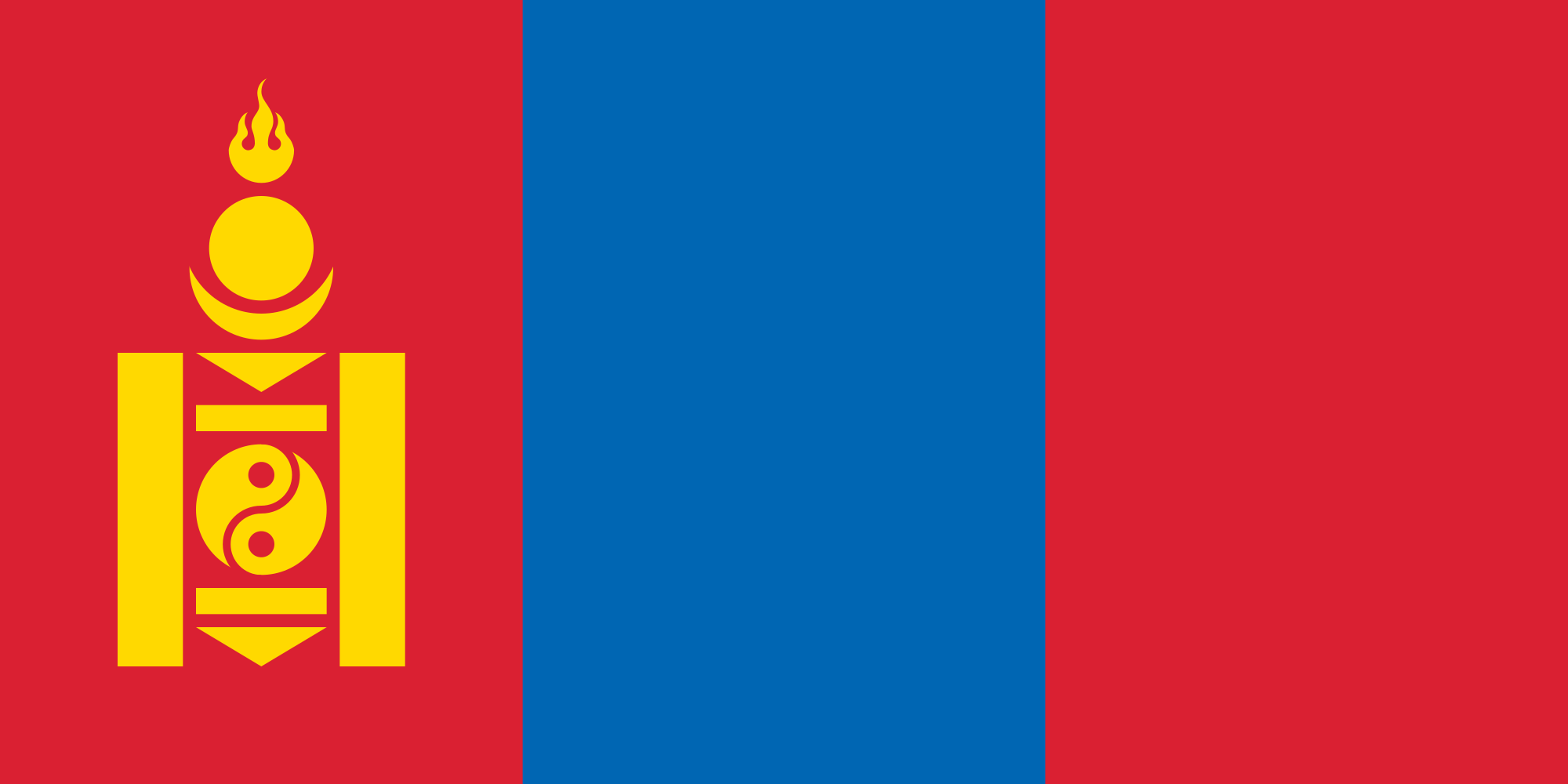 Mongolei
Mongolei
 Montenegro
Montenegro
 Myanmar
Myanmar
 Nei Mongol Zizhiqu-NM
Nei Mongol Zizhiqu-NM
 Nepal
Nepal
 New Zealand
New Zealand
 Nicaragua
Nicaragua
 Ningxia Huizu Zizhiqu-NX
Ningxia Huizu Zizhiqu-NX
 Ningxia Huizu Zizhiqu-NX
Ningxia Huizu Zizhiqu-NX
 Nordmazedonien
Nordmazedonien
 Oman
Oman
 Austria
Austria
 Pakistan
Pakistan
 Palestine
Palestine
 Papua-Neuguinea
Papua-Neuguinea
 Peru
Peru
 Poland
Poland
 Portugal
Portugal
 Qinghai Sheng-QH
Qinghai Sheng-QH
 Republik El Salvador
Republik El Salvador
 Republic of Korea
Republic of Korea
 Republic of the Sudan
Republic of the Sudan
 Romania
Romania
 Russia
Russia
 Switzerland
Switzerland
 Silk road
Silk road
 Serbia
Serbia
 Serbia
Serbia
 Shaanxi Sheng-SN
Shaanxi Sheng-SN
 Shanghai Shi-SH
Shanghai Shi-SH
 Sichuan Sheng-SC
Sichuan Sheng-SC
 Singapore
Singapore
 Slovakia
Slovakia
 Slovenia
Slovenia
 Somalia
Somalia
 Sri Lanka
Sri Lanka
 South Africa
South Africa
 Suriname
Suriname
 Syria
Syria
 Tajikistan
Tajikistan
 Taiwan Sheng-TW
Taiwan Sheng-TW
 Thailand
Thailand
 Tianjin Shi-TJ
Tianjin Shi-TJ
 Tianjin Shi-TJ
Tianjin Shi-TJ
 Trinidad und Tobago
Trinidad und Tobago
 Turkey
Turkey
 Turkmenistan
Turkmenistan
 Ukraine
Ukraine
 Hungary
Hungary

 Vacation and Travel
Vacation and Travel
 Uruguay
Uruguay
 Uzbekistan
Uzbekistan
 Venezuela
Venezuela
 United Arab Emirates
United Arab Emirates
 Vietnam
Vietnam

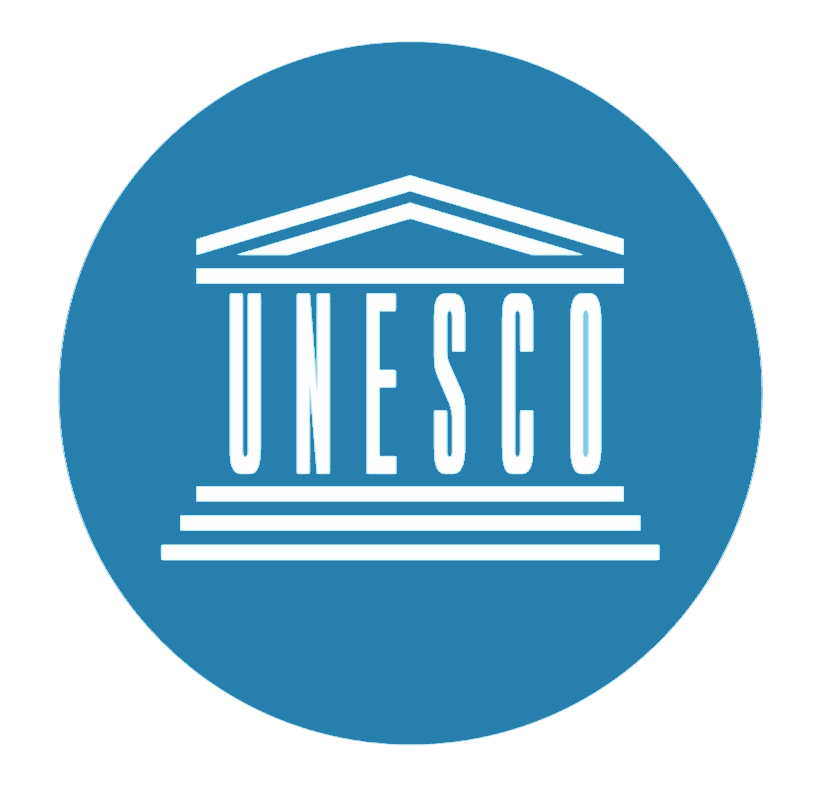 World Heritage
World Heritage

 Economy and trade
Economy and trade
 Xinjiang Uygur Zizhiqu-XJ
Xinjiang Uygur Zizhiqu-XJ
 Zhejiang Sheng-ZJ
Zhejiang Sheng-ZJ
 Cyprus
Cyprus

Als Seidenstraße (chinesisch 絲綢之路 / 丝绸之路, Pinyin Sīchóu zhī Lù ‚die Route / Straße der Seide‘; mongolisch ᠲᠣᠷᠭᠠᠨ ᠵᠠᠮ Tôrgan Jam; kurz: 絲路 / 丝路, Sīlù) bezeichnet man ein altes Netz von Karawanenstraßen, dessen Hauptroute den Mittelmeerraum auf dem Landweg über Zentralasien mit Ostasien verband. Die Bezeichnung geht auf den im 19. Jahrhundert lebenden deutschen Geografen Ferdinand von Richthofen zurück, der den Begriff 1877 erstmals verwendet hat.
Auf der antiken Seidenstraße wurde in westliche Richtung hauptsächlich Seide, gen Osten vor allem Wolle, Gold und Silber gehandelt.[1] Nicht nur Kaufleute, Gelehrte und Armeen nutzten ihr Netz, sondern auch Ideen, Religionen und ganze Kulturkreise diffundierten und migrierten auf den Routen von Ost nach West und umgekehrt: hierüber kamen z. B. der Nestorianismus (aus dem spätantiken Römischen Reich) und der Buddhismus (von Indien) nach China.[1]
Die 6.400 Kilometer[1] lange Route begann in Xi’an und folgte dem Verlauf der Chinesischen Mauer in Richtung Nordwesten, passierte die Taklamakan-Wüste, überwand das Pamirgebirge und führte über Afghanistan in die Levante; von hier wurden die Handelsgüter dann über das Mittelmeer verschifft. Nur wenige Kaufleute reisten auf der gesamten Route, die Waren wurden eher gestaffelt über Zwischenhändler transportiert.
Ihre größte Bedeutung erreichte das Handels- und Wegenetz zwischen 115 v. Chr. und dem 13. Jahrhundert n. Chr. Mit dem allmählichen Verlust römischen Territoriums in Asien und dem Aufstieg Arabiens in der Levante wurde die Seidenstraße zunehmend unsicher und kaum noch bereist. Im 13. und 14. Jahrhundert wurde die Strecke unter den Mongolen wiederbelebt, u. a. benutzte sie zu der Zeit der Venezianer Marco Polo um nach Cathay (China) zu reisen. Nach weit verbreiteter Ansicht war die Route einer der Hauptwege, über die Mitte des 14. Jahrhunderts Pestbakterien von Asien nach Europa gelangten und dort den Schwarzen Tod verursachten.[1]
Teile der Seidenstraße sind zwischen Pakistan und dem autonomen Gebiet Xinjiang in China heute noch als asphaltierte Fernstraße vorhanden (-> Karakorum Highway). Die alte Straße inspirierte die Vereinten Nationen zu einem Plan für eine transasiatische Fernstraße. Von der UN-Wirtschafts- und Sozialkommission für Asien und den Pazifik (UNESCAP) wird die Einrichtung einer durchgehenden Eisenbahnverbindung entlang der Route vorangetrieben, der Trans-Asian Railway.[1]
Die "Neue Seidenstraße", das "One Belt, One Road"-Projekt der Volksrepublik China unter ihrem Staatspräsident Xi Jinping umfasst landgestützte (Silk Road Economic Belt) und maritime (Maritime Silk Road) Infrastruktur- und Handelsrouten, Wirtschaftskorridore und Transportlinien von China über Zentralasien und Russland bzw. über Afrika nach Europa, dazu werden verschiedenste Einrichtungen (z. B. Tiefsee- oder Containerterminals) und Verbindungen (wie Bahnlinien oder Gaspipelines) entwickelt bzw. ausgebaut. Bestehende Korridore sind einerseits Landverbindungen über die Türkei oder Russland und andererseits Anknüpfungen zum Hafen von Shanghai, über Hongkong und Singapur nach Indien und Ostafrika, Dubai, den Suez-Kanal, den griechischen Hafen Piräus nach Venedig.[2]
Das Projekt One Belt, One Road (OBOR, chinesisch 一帶一路 / 一带一路, Pinyin Yídài Yílù ‚Ein Band, Eine Straße‘, neuerdings Belt and Road, da „One“ zu negativ besetzt war) bündelt seit 2013 die Interessen und Ziele der Volksrepublik China unter Staatspräsident Xi Jinping zum Auf- und Ausbau interkontinentaler Handels- und Infrastruktur-Netze zwischen der Volksrepublik und zusammen 64 weiteren Ländern Afrikas, Asiens und Europas. Die Initiative bzw. das Gesamtprojekt betrifft u. A. rund 62 % der Weltbevölkerung und ca. 35 % der Weltwirtschaft.[1][2]
Umgangssprachlich wird das Vorhaben auch „Belt and Road Initiative“ (B&R, BRI) bzw. ebenso wie das Projekt Transport Corridor Europe-Caucasus-Asia (TRACECA) auch „Neue Seidenstraße“ (新絲綢之路 / 新丝绸之路, Xīn Sīchóuzhīlù) genannt. Es bezieht sich auf den geografischen Raum des historischen, bereits in der Antike genutzten internationalen Handelskorridors „Seidenstraße“; zusammengefasst handelt es sich um zwei Bereiche, einen nördlich gelegenen zu Land mit sechs Bereichen unter dem Titel Silk Road Economic Belt und einen südlich gelegenen Seeweg namens Maritime Silk Road.
丝绸之路(德语:Seidenstraße;英语:Silk Road),常简称为丝路,此词最早来自于德意志帝国地理学家费迪南·冯·李希霍芬男爵于1877年出版的一套五卷本的地图集。[1]
丝绸之路通常是指欧亚北部的商路,与南方的茶马古道形成对比,西汉时张骞以长安为起点,经关中平原、河西走廊、塔里木盆地,到锡尔河与乌浒河之间的中亚河中地区、大伊朗,并联结地中海各国的陆上通道。这条道路也被称为“陆路丝绸之路”,以区别日后另外两条冠以“丝绸之路”名称的交通路线。因为由这条路西运的货物中以丝绸制品的影响最大,故得此名。其基本走向定于两汉时期,包括南道、中道、北道三条路线。但实际上,丝绸之路并非是一条 “路”,而是一个穿越山川沙漠且没有标识的道路网络,并且丝绸也只是货物中的一种。[1]:5
广义的丝绸之路指从上古开始陆续形成的,遍及欧亚大陆甚至包括北非和东非在内的长途商业贸易和文化交流线路的总称。除了上述的路线之外,还包括约于前5世纪形成的草原丝绸之路、中古初年形成,在宋代发挥巨大作用的海上丝绸之路和与西北丝绸之路同时出现,在宋初取代西北丝绸之路成为路上交流通道的南方丝绸之路。
虽然丝绸之路是沿线各君主制国家共同促进经贸发展的产物,但很多人认为,西汉的张骞在前138—前126年和前119年曾两次出使西域,开辟了中外交流的新纪元,并成功将东西方之间最后的珠帘掀开。司马迁在史记中说:“于是西北国始通于汉矣。然张骞凿空,其后使往者皆称博望侯,以为质与国外,外国由此信之”,称赞其开通西域的作用。从此,这条路线被作为“国道”踩了出来,各国使者、商人、传教士等沿着张骞开通的道路,来往络绎不绝。上至王公贵族,下至乞丐狱犯,都在这条路上留下了自己的足迹。这条东西通路,将中原、西域与大伊朗、累范特、阿拉伯紧密联系在一起。经过几个世纪的不断努力,丝绸之路向西伸展到了地中海。广义上丝路的东段已经到达了朝鲜、日本,西段至法国、荷兰。通过海路还可达意大利、埃及,成为亚洲和欧洲、非洲各国经济文化交流的友谊之路。
丝绸之路经济带和21世纪海上丝绸之路(英语:The Silk Road Economic Belt and the 21st-century Maritime Silk Road[1]),简称一带一路(英语:The Belt and Road Initiative,缩写B&R)[1],是中华人民共和国政府于2013年倡议[2]并主导的跨国经济带[3]。
一带一路范围涵盖历史上丝绸之路和海上丝绸之路行经的中国、中亚、北亚和西亚、印度洋沿岸、地中海沿岸的国家和地区。中国政府指出,“一带一路”倡议坚持共商、共建、共享的原则,努力实现沿线区域基础设施更加完善,更加安全高效,以形成更高水平的陆海空交流网络。同时使投资贸易的便利化水平更有效的提升,建立高品质、高标准的自由贸易区域网。以使沿线各国经济联系更加紧密,政治互信更加的深入,人文交流更加的广泛[4]。
シルクロード(絹の道、英語: Silk Road, ドイツ語: Seidenstraße, 繁体字:絲綢之路, 簡体字:丝绸之路)は、中国と地中海世界の間の歴史的な交易路を指す呼称である。絹が中国側の最も重要な交易品であったことから名付けられた。その一部は2014年に初めて「シルクロード:長安-天山回廊の交易路網」としてユネスコの世界遺産に登録された。
「シルクロード」という名称は、19世紀にドイツの地理学者リヒトホーフェンが、その著書『China(支那)』(1巻、1877年)においてザイデンシュトラーセン(ドイツ語:Seidenstraßen;「絹の道」の複数形)として使用したのが最初であるが、リヒトホーフェンは古来中国で「西域」と呼ばれていた東トルキスタン(現在の中国新疆ウイグル自治区)を東西に横断する交易路、いわゆる「オアシスの道(オアシスロード)」を経由するルートを指してシルクロードと呼んだのである。リヒトホーフェンの弟子で、1900年に楼蘭の遺跡を発見したスウェーデンの地理学者ヘディンが、自らの中央アジア旅行記の書名の一つとして用い、これが1938年に『The Silk Road』の題名で英訳されて広く知られるようになった。
シルクロードの中国側起点は長安(陝西省西安市)、欧州側起点はシリアのアンティオキアとする説があるが、中国側は洛陽、欧州側はローマと見る説などもある。日本がシルクロードの東端だったとするような考え方もあり、特定の国家や組織が経営していたわけではないのであるから、そもそもどこが起点などと明確に定められる性質のものではない。
現在の日本でこの言葉が使われるときは、特にローマ帝国と秦・漢帝国、あるいは大唐帝国の時代の東西交易が念頭に置かれることが多いが、広くは近代(大航海時代)以前のユーラシア世界の全域にわたって行われた国際交易を指し、南北の交易路や海上の交易路をも含める。つまり、北方の「草原の道(ステップロード)」から南方の「海の道(シーロード)」までを含めて「シルクロード」と呼ばれるようになっているわけである。
シルクロード経済ベルトと21世紀海洋シルクロード(シルクロードけいざいベルトと21せいきかいようシルクロード、拼音: 、英語: The Silk Road Economic Belt and the 21st-century Maritime Silk Road)とは、2014年11月10日に中華人民共和国北京市で開催されたアジア太平洋経済協力首脳会議で、習近平総書記が提唱した経済圏構想である。
略称は一帯一路(いったいいちろ、拼音: 、英語: The Belt and Road Initiative, BRI; One Belt, One Road Initiative, OBOR)。
The Silk Road was an ancient network of trade routes that connected the East and West. It was central to cultural interaction between the regions for many centuries.[1][2][3] The Silk Road refers to both the terrestrial and the maritime routes connecting East Asia and Southeast Asia with East Africa, West Asia and Southern Europe.
The Silk Road derives its name from the lucrative trade in silk carried out along its length, beginning in the Han dynasty (207 BCE–220 CE). The Han dynasty expanded the Central Asian section of the trade routes around 114 BCE through the missions and explorations of the Chinese imperial envoy Zhang Qian.[4] The Chinese took great interest in the safety of their trade products and extended the Great Wall of China to ensure the protection of the trade route.[5]
Trade on the Road played a significant role in the development of the civilizations of China, Korea,[6] Japan,[2] India, Iran, Afghanistan, Europe, the Horn of Africa and Arabia, opening long-distance political and economic relations between the civilizations.[7] Though silk was the major trade item exported from China, many other goods were traded, as well as religions, syncretic philosophies, sciences, and technologies. Diseases, most notably plague, also spread along the Silk Road.[8] In addition to economic trade, the Silk Road was a route for cultural trade among the civilizations along its network.[9]
Traders in ancient history included the Bactrians, Sogdians, Syrians, Jews, Arabs, Iranians, Turkmens, Chinese, Malays, Indians, Somalis, Greeks, Romans, Georgians, Armenians, and Azerbaijanis.[10]
In June 2014, UNESCO designated the Chang'an-Tianshan corridor of the Silk Road as a World Heritage Site. The Indian portion is on the tentative site list.
The Belt and Road Initiative (BRI) or the Silk Road Economic Belt and the 21st-century Maritime Silk Road is a development strategy adopted by the Chinese government. The 'belt' refers to the overland interconnecting infrastructure corridors; the Silk Road Economic Belt (SREB) component. The 'road' refers to the sea route corridors; the 21st Century Maritime Silk Road (MSR) component.[2] The initiative focuses on connectivity and cooperation between Eurasian countries, primarily the People's Republic of China (PRC).
Until 2016 the initiative was known in English as the One Belt and One Road Initiative (OBOR) but the Chinese came to consider the emphasis on the word "one" as misleading.[3]
The Chinese government calls the initiative "a bid to enhance regional connectivity and embrace a brighter future".[4] Independent observers, however, see it as a push for Chinese dominance in global affairs with a China-centered trading network.[5][6]
La route de la soie est un réseau ancien de routes commerciales entre l'Asie et l'Europe, reliant la ville de Chang'an (actuelle Xi'an) en Chine à la ville d'Antioche, en Syrie médiévale (aujourd'hui en Turquie). Elle tire son nom de la plus précieuse marchandise qui y transitait : la soie.
La route de la soie était un faisceau de pistes par lesquelles transitaient de nombreuses marchandises, et qui monopolisa les échanges Est-Ouest pendant des siècles. Les plus anciennes traces connues de la route de la soie, comme voie de communication avec les populations de l'Ouest, remontent à « 2000 avant notre ère au moins ». Les Chinois en fixent l'ouverture au voyage de Zhang Qian en 138-1261. Mais la route de la soie s'est développée surtout sous la dynastie Han (221 av. J.-C. - 220 ap. J.-C.), en particulier Han Wudi.
Puis sous la dynastie Tang (618-907). À partir du XVe siècle, la route de la soie est progressivement abandonnée, l'instabilité des guerres turco-byzantines, puis la chute de Constantinople poussent en effet les Occidentaux à chercher une nouvelle route maritime vers les Indes. L'abandon de la route de la soie correspond ainsi au début de la période des « Grandes découvertes » durant laquelle les techniques de transport maritime deviennent de plus en plus performantes. Du côté chinois, les empereurs Ming Yongle, puis Ming Xuanzong chargent, à la même époque, l'amiral Zheng He d'expéditions maritimes similaires.
La nouvelle route de la soie ou la Ceinture et la Route2 (stratégie aussi appelée OBOR en anglais pour One Belt, One Road3) est à la fois un ensemble de liaisons maritimes et de voies ferroviaires entre la Chine et l'Europe passant par le Kazakhstan, la Russie, la Biélorussie, la Pologne, l'Allemagne, la France et le Royaume-Uni.
Le nouveau nom est Initiative route et ceinture (Belt and Road Initiative, B&R selon l’acronyme anglais) afin de marquer le fait que ce projet ne se limite pas à une seule route4.
Outre l'amélioration de la connectivité ferroviaire, il s'agit aussi d'une stratégie de développement pour promouvoir la coopération entre les pays sur une vaste bande s'étendant à travers l'Eurasie et pour renforcer la position de la Chine sur le plan mondial, par exemple en préservant la connexion de la Chine avec le reste du monde en cas de tensions militaires sur ses zones côtières5.
La Nouvelle route de la soie a été dévoilée à l'automne 2013 par le gouvernement chinois en tant que pendant terrestre du collier de perles6 ; elle est l'une des priorités de la diplomatie chinoise, sous la présidence de Xi Jinping7.
Selon CNN, ce projet englobera 68 pays représentant 4,4 milliards d’habitants et 62 % du PIB mondial8.
Per via della seta (in cinese: 絲綢之路T, 丝绸之路S, sī chóu zhī lùP; persiano: راه ابریشم, Râh-e Abrisham) s'intende il reticolo, che si sviluppava per circa 8.000 km, costituito da itinerari terrestri, marittimi e fluviali lungo i quali nell'antichità si erano snodati i commerci tra l'impero cinese e quello romano.
Le vie carovaniere attraversavano l'Asia centrale e il Medio Oriente, collegando Chang'an (oggi Xi'an), in Cina, all'Asia Minore e al Mediterraneo attraverso il Medio Oriente e il Vicino Oriente. Le diramazioni si estendevano poi a est alla Corea e al Giappone e, a Sud, all'India. Il nome apparve per la prima volta nel 1877, quando il geografo tedesco Ferdinand von Richthofen (1833-1905) pubblicò l'opera Tagebucher aus China. Nell'Introduzione von Richthofen nomina la Seidenstraße, la «via della seta».
La destinazione finale della seta che su di essa viaggiava (non certo da sola ma insieme a tante altre merci preziose) era Roma, dove per altro non si sapeva con precisione quale ne fosse l'origine (se animale o vegetale) e da dove provenisse. Altre merci altrettanto preziose viaggiavano in senso inverso, e insieme alle merci viaggiavano grandi idee e religioni (concetti fondamentali di matematica, geometria, astronomia) in entrambi i sensi, manicheismo, e nestorianesimo verso oriente. Sulla via della seta compì un complesso giro quasi in tondo anche il buddhismo, dall'India all'Asia Centrale alla Cina e infine al Tibet (il tutto per trovare itinerari che permettessero di evitare le quasi invalicabili montagne dell'Himalaya).
Questi scambi commerciali e culturali furono determinanti per lo sviluppo e il fiorire delle antiche civiltà dell'Egitto, della Cina, dell'India e di Roma, ma furono di grande importanza anche nel gettare le basi del mondo medievale e moderno.
La Nuova via della seta è un'iniziativa strategica della Cina per il miglioramento dei collegamenti e della cooperazione tra paesi nell'Eurasia. Comprende le direttrici terrestri della "zona economica della via della seta" e la "via della seta marittima del XXI secolo" (in cinese: 丝绸之路经济带和21世纪海上丝绸之路S, Sīchóu zhī lù jīngjìdài hé èrshíyī shìjì hǎishàng sīchóu zhī lùP), ed è conosciuta anche come "iniziativa della zona e della via" (一带一路S, tradotta comunemente in inglese con Belt and Road Initiative, BRI) o "una cintura, una via" e col corrispondente iniziale acronimo inglese OBOR (One belt, one road), poi modificato in BRI per sottolineare l'estensione del progetto non esclusivo solo della Cina[1], nonostante la prospettiva sinocentrica, com'è stato illustrato in un recente studio italiano[2].
Partendo dallo sviluppo delle infrastrutture di trasporto e logistica, la strategia mira a promuovere il ruolo della Cina nelle relazioni globali, favorendo i flussi di investimenti internazionali e gli sbocchi commerciali per le produzioni cinesi. L'iniziativa di un piano organico per i collegamenti terrestri (la cintura) è stata annunciata pubblicamente dal presidente cinese Xi Jinping a settembre del 2013, e la via marittima ad ottobre dello stesso anno, contestualmente alla proposta di costituire la Banca asiatica d'investimento per le infrastrutture (AIIB), dotata di un capitale di 100 miliardi di dollari USA, di cui la Cina stessa sarebbe il principale socio, con un impegno pari a 29,8 miliardi e gli altri paesi asiatici (tra cui l'India e la Russia) e dell'Oceania avrebbero altri 45 miliardi (l'Italia si è impegnata a sottoscrivere una quota di 2,5 miliardi).
La Ruta de la Seda fue una red de rutas comerciales organizadas a partir del negocio de la seda china desde el siglo I a. C., que se extendía por todo el continente asiático, conectando a China con Mongolia, el subcontinente indio, Persia, Arabia, Siria, Turquía, Europa y África. Sus diversas rutas comenzaban en la ciudad de Chang'an (actualmente Xi'an) en China, pasando entre otras por Karakórum (Mongolia), el Paso de Khunjerab (China/Pakistán), Susa (Persia), el Valle de Fergana (Tayikistán), Samarcanda (Uzbekistán), Taxila (Pakistán), Antioquía en Siria, Alejandría (Egipto), Kazán (Rusia) y Constantinopla (actualmente Estambul, Turquía) a las puertas de Europa, llegando hasta los reinos hispánicos en el siglo XV, en los confines de Europa y a Somalia y Etiopía en el África oriental.
El término "Ruta de la Seda" fue creado por el geógrafo alemán Ferdinand Freiherr von Richthofen, quien lo introdujo en su obra Viejas y nuevas aproximaciones a la Ruta de la Seda, en 1877. Debe su nombre a la mercancía más prestigiosa que circulaba por ella, la seda, cuya elaboración era un secreto que solo los chinos conocían. Los romanos (especialmente las mujeres de la aristocracia) se convirtieron en grandes aficionados de este tejido, tras conocerlo antes del comienzo de nuestra era a través de los partos, quienes se dedicaban a su comercio. Muchos productos transitaban estas rutas: piedras y metales preciosos (diamantes de Golconda, rubíes de Birmania, jade de China, perlas del golfo Pérsico), telas de lana o de lino, ámbar, marfil, laca, especias, porcelana, vidrio, materiales manufacturados, coral, etc.
En junio de 2014, la Unesco eligió un tramo de la Ruta de la Seda como Patrimonio de la Humanidad con la denominación Rutas de la Seda: red viaria de la ruta del corredor Chang’an-Tian-shan. Se trata de un tramo de 5000 kilómetros de la gran red viaria de las Rutas de la Seda que va desde la zona central de China hasta la región de Zhetysu, situada en el Asia Central, incluyendo 33 nuevos sitios en China, Kazajistán y Kirguistán.1
La Iniciativa del Cinturón y Ruta de la Seda o Belt and Road Initiative, abreviada BRIZNA (también One Belt, One Road, abreviado OBOR y también la Nueva Ruta de la Seda) y NRS (Nueva Ruta de la Seda) por las siglas en español, es el nombre con que se conoce el proyecto político-económico del Secretario General del Partido Comunista de China, Xi Jinping, que propuso en septiembre de 2013 en sus respectivos viajes a Rusia, Kazajistán y Bielorrusia. Bajo el pretexto de que "hace más de dos milenios, las personas diligentes y valientes de Eurasia exploraron y abrieron nuevas vías de intercambio comercial y cultural que unían las principales civilizaciones de Asia, Europa y África, colectivamente llamadas ruta de la seda por generaciones posteriores", el proyecto quiere conectar Europa, Asia del Sur-Oriental, Asia Central y el Oriente Medio, mediante el modelo económico, e implícitamente político, chino.12
El proyecto parte de la reconstrucción de la antigua ruta de la seda y la creac
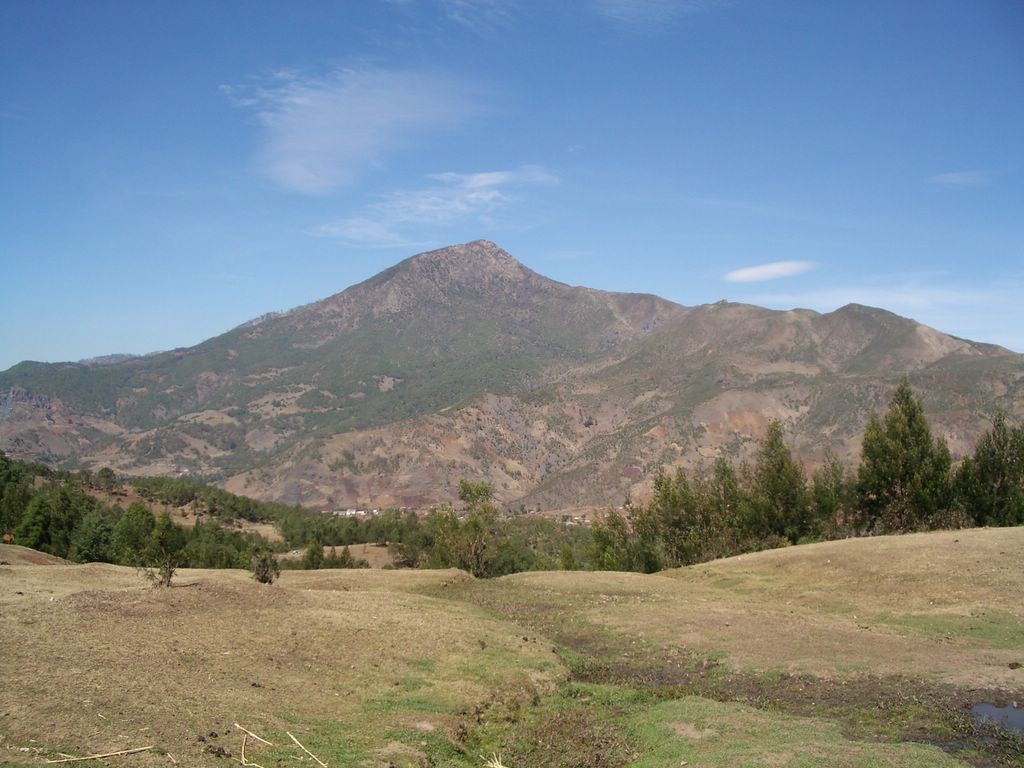

 Afghanistan
Afghanistan
 Egypt
Egypt
 Armenia
Armenia
 Azerbaijan
Azerbaijan
 Ethiopia
Ethiopia
 Australia
Australia
 Bangladesh
Bangladesh
 Beijing Shi-BJ
Beijing Shi-BJ
 Brunei Darussalam
Brunei Darussalam
 China
China
 Denmark
Denmark
 Demokratische Republik Timor-Leste
Demokratische Republik Timor-Leste
 Germany
Germany
 Fidschi
Fidschi

 Financial
Financial
 International Bank for Cooperation
International Bank for Cooperation
 Finland
Finland
 France
France
 Georgia
Georgia
 Hongkong Tebiexingzhengqu-HK
Hongkong Tebiexingzhengqu-HK
 India
India
 Indonesia
Indonesia
 Iran
Iran
 Ireland
Ireland
 Iceland
Iceland
 Israel
Israel
 Italy
Italy
 Jordan
Jordan
 Cambodia
Cambodia
 Kasachstan
Kasachstan
 Katar
Katar
 Kyrgyzstan
Kyrgyzstan
 Laos
Laos
 Luxembourg
Luxembourg
 Malaysia
Malaysia
 Malediven
Malediven
 Malta
Malta

 Mongolei
Mongolei
 Myanmar
Myanmar
 Nepal
Nepal
 New Zealand
New Zealand
 Netherlands
Netherlands
 Norwegen
Norwegen
 Oman
Oman
 Austria
Austria
 Pakistan
Pakistan
 Philippines
Philippines
 Poland
Poland
 Portugal
Portugal
 Republic of Korea
Republic of Korea
 Russia
Russia
 Samoa
Samoa
 Saudi Arabia
Saudi Arabia
 Sweden
Sweden
 Switzerland
Switzerland
 Singapore
Singapore
 Spain
Spain
 Sri Lanka
Sri Lanka
 South Africa
South Africa
 Tajikistan
Tajikistan
 Thailand
Thailand
 Turkey
Turkey
 Hungary
Hungary
 Uzbekistan
Uzbekistan
 United Arab Emirates
United Arab Emirates
 United Kingdom
United Kingdom
 Vietnam
Vietnam

 Important International Organizations
Important International Organizations

 Economy and trade
Economy and trade
 Economic and political research
Economic and political research
 Cyprus
Cyprus

Anlass zur Initiative der Gründung war insbesondere die Unzufriedenheit Chinas über eine Dominanz der US-Amerikaner im Internationalen Währungsfonds, der keine faire Verteilung der globalen Machtverhältnisse aus Sicht Chinas widerspiegelte.[2] Da sich die US-Amerikaner strikt weigerten, eine Änderung der Stimmverhältnisse zu implementieren, begann China 2013 mit der Gründung der Initiative. Neben den 21 Gründungsmitgliedern haben im Jahr 2015 auch unter anderem Deutschland, Italien, Frankreich und das Vereinigte Königreich ihr Interesse bekundet, als nicht-regionale Mitglieder die neue Entwicklungsbank zu unterstützen.[3]
Die Gründungsurkunde der AIIB wurde am 29. Juni 2015 von Vertretern aus 57 Ländern in Peking unterzeichnet.[4] Die Bank nahm im Januar 2016 ihre Arbeit ohne Beteiligung der USA und Japan auf.[5]
Joachim von Amsberg ist der "Vizepräsident für Politik und Strategie".
亚洲基础设施投资银行(英语:Asian Infrastructure Investment Bank,縮寫:AIIB),简称亚投行,是一个愿意向亚洲国家和地區的基础设施建设提供资金支持的政府间性质的亚洲区域多边开发机构,成立的目的是促进亚洲区域的互联互通建设和经济一体化的进程,並且加大中國與其他亚洲國家和地区的合作力度。总部设在中国北京,法定资本为1,000亿美元。[2]
中华人民共和国主席习近平于2013年10月2日在雅加达同印度尼西亚总统苏西洛举行会谈时首次倡议筹建亚投行。[3]2014年10月24日,中国、印度、新加坡等21国在北京正式签署《筹建亚投行备忘录》。[2]2014年11月25日,印度尼西亚签署备忘录,成为亚投行第22个意向创始成员国。[4]
2015年3月12日,英国正式申请作为意向创始成员国加入亚投行,[5]成为正式申请加入亚投行的首个欧洲国家、主要西方国家。[6]随后法国、意大利、德国等西方国家纷纷以意向创始成员国身份申请加入亚投行。[7]接收新意向创始成员国申请截止日期3月31日临近,韩国[8]、俄罗斯[9]、巴西[10]等域内国家和重要新兴经济体也抓紧申请成为亚投行意向创始成员国。
各方商定将于2015年年中完成亚投行章程谈判并签署,年底前完成章程生效程序,正式成立亚投行。[11]
アジアインフラ投資銀行(アジアインフラとうしぎんこう、英: Asian Infrastructure Investment Bank, AIIB、中: 亚洲基础设施投资银行,亞洲基礎設施投資銀行)は、国際開発金融機関のひとつである。
中華人民共和国が2013年秋に提唱し主導する形で発足した[1]。「合計の出資比率が50%以上となる10以上の国が国内手続きを終える」としていた設立協定が発効条件を満たし、2015年12月25日に発足し[2][3]、2016年1月16日に開業式典を行った[1][4]。
57か国を創設メンバーとして発足し[1][5]、2017年3月23日に加盟国は70カ国・地域となってアジア開発銀行の67カ国・地域を超え[6][7]、一方で日本、アメリカ合衆国などは2017年の現時点で参加を見送っている[8]。 創設時の資本金は1000億ドルである[9]。
The Asian Infrastructure Investment Bank (AIIB) is a multilateral development bank that aims to support the building of infrastructure in the Asia-Pacific region. The bank currently has 93 members from around the world [7]. The bank started operation after the agreement entered into force on 25 December 2015, after ratifications were received from 10 member states holding a total number of 50% of the initial subscriptions of the Authorized Capital Stock.[8]
The United Nations has addressed the launch of AIIB as having potential for "scaling up financing for sustainable development"[9] and to improve the global economic governance.[10] The starting capital of the bank was $100 billion, equivalent to 2⁄3 of the capital of the Asian Development Bank and about half that of the World Bank.[11]
The bank was proposed by China in 2013[12] and the initiative was launched at a ceremony in Beijing in October 2014.[13] It received the highest credit ratings from the three biggest rating agencies in the world, and is seen as a potential rival to the World Bank and IMF.[14][15]
La Banque asiatique d'investissement dans les infrastructures (BAII ou AIIB), est une banque d'investissement proposée par la République populaire de Chine dans le but de concurrencer le Fonds monétaire international, la Banque mondiale et la Banque asiatique de développement1 pour répondre au besoin croissant d'infrastructures en Asie du Sud-Est et en Asie centrale. Cette banque s'inscrit dans la stratégie de la nouvelle route de la soie, développée par la Chine.
La Banca Asiatica d'Investimento per le infrastrutture (AIIB), fondata a Pechino nell'ottobre 2014, è un'istituzione finanziaria internazionale proposta dalla Repubblica Popolare Cinese. Si contrappone al Fondo Monetario Internazionale, alla Banca Mondiale e all'Asian Development Bank[1], le quali si trovano sotto il controllo del capitale e delle scelte strategiche dei paesi sviluppati come gli Stati Uniti d'America.[2] Scopo della Banca è fornire e sviluppare progetti di infrastrutture nella regione Asia-Pacifico attraverso la promozione dello sviluppo economico-sociale della regione e contribuendo alla crescita mondiale.
El Banco Asiático de Inversión en Infraestructura (Asian Infrastructure Investment Bank o AIIB) es una institución financiera internacional propuesta por el gobierno de China. El propósito de este banco de desarrollo multilateral es proporcionar la financiación para proyectos de infraestructura en la región de Asia basado en un sistema financiero de préstamo1 y el fomento del sistema de libre mercado en los países asiáticos.
El AIIB está considerado por algunos como una versión continental del FMI y del Banco Mundial, y busca ser un rival por la influencia en la región del Banco de Desarrollo asiático (ADB), el cual esta alineado a los intereses de potencias, tanto regionales (Japón), como globales (Estados Unidos, la Unión Europea).2
El banco fue propuesto por Xi Jinping en 2013 e inaugurado con una ceremonia en Pekín en octubre de 2014. La ONU se a mostrado entusiasta con la propuesta china, a la que a descrito como el FMI del futuro y a señalado como "una gran propuesta para financiar el desarrollo sostenible" y "mejorar la gobernanza económica mundial". La entidad constó inicialmente con 100 mil millones de dolares, es decir, la mitad del dinero de que posee el Banco Mundial.
La entidad a recibido inversión por parte de corporaciones financieras estadounidenses como la Standard & Poor's, Moody's o Fitch Group34. Actualmente la entidad consta de 87 miembros, incluyendo los 57 miembros fundadores. Bélgica, Canadá, y Ucrania están barajando unirse al AIIB. Estados Unidos, Japón y Colombia no tienen intención de participar. China a prohibido a Corea del Norte unirse, instigando además una política de aislamiento contra esta por parte del AIIB.
Азиатский банк инфраструктурных инвестиций (АБИИ) (англ. Asian Infrastructure Investment Bank, AIIB) — международная финансовая организация, создание которой было предложено Китаем. Основные цели, которые преследует АБИИ, — стимулирование финансового сотрудничества в Азиатско-Тихоокеанском регионе, финансирование инфраструктурных проектов в Азии от строительства дорог и аэропортов до антенн связи и жилья экономкласса[1].
По заявлениям вице-премьера России Игоря Шувалова, AБИИ не рассматривается как потенциальный конкурент МВФ, Всемирного банка и Азиатского банка развития (АБР). Однако эксперты рассматривают AIIB как потенциального конкурента базирующихся в США Международного валютного фонда (МВФ) и Всемирного банка. После сообщений об успехах AIIB американский министр финансов США Джейкоб Лью предупредил, что международным финансовым организациям в США, таким как ВБ и МВФ, грозит потеря доверия [2][3].
Китай, Индия и Россия возглавили организацию, оказавшись в тройке крупнейших владельцев голосов. При этом на важнейшие решения КНР имеет фактическое право вето[4].
 Angola
Angola
 Equatorial Guinea
Equatorial Guinea
 Brazil
Brazil
 China
China
 Demokratische Republik Timor-Leste
Demokratische Republik Timor-Leste
 Guinea-Bissau
Guinea-Bissau
 Kap Verde
Kap Verde
 Macau Tebiexingzhengqu-MO
Macau Tebiexingzhengqu-MO
 Mosambik
Mosambik
 Portugal
Portugal
 Sao Tome und Principe
Sao Tome und Principe

 Energy resource
Energy resource
 International cities
International cities
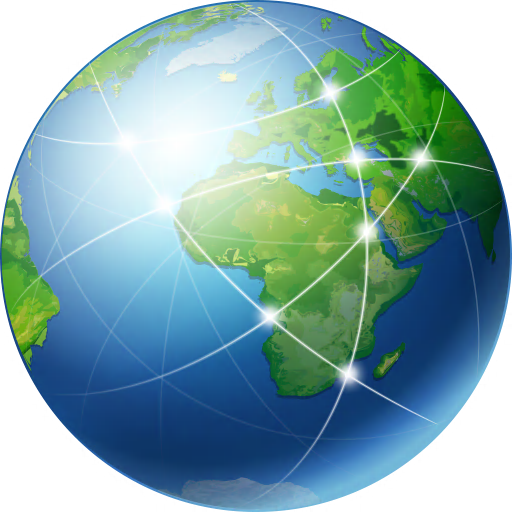 Geography
Geography
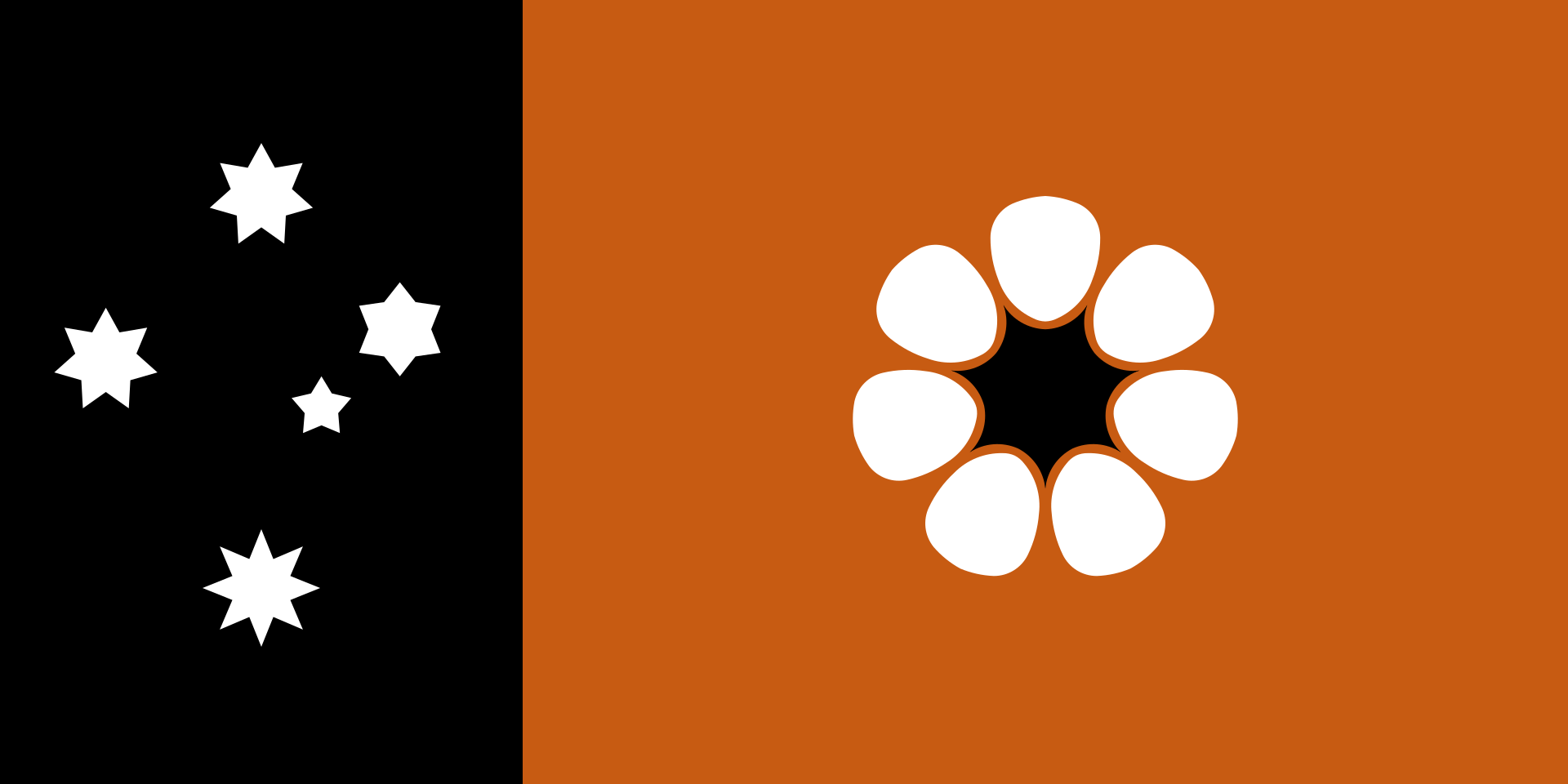 Northern Territory - NT
Northern Territory - NT
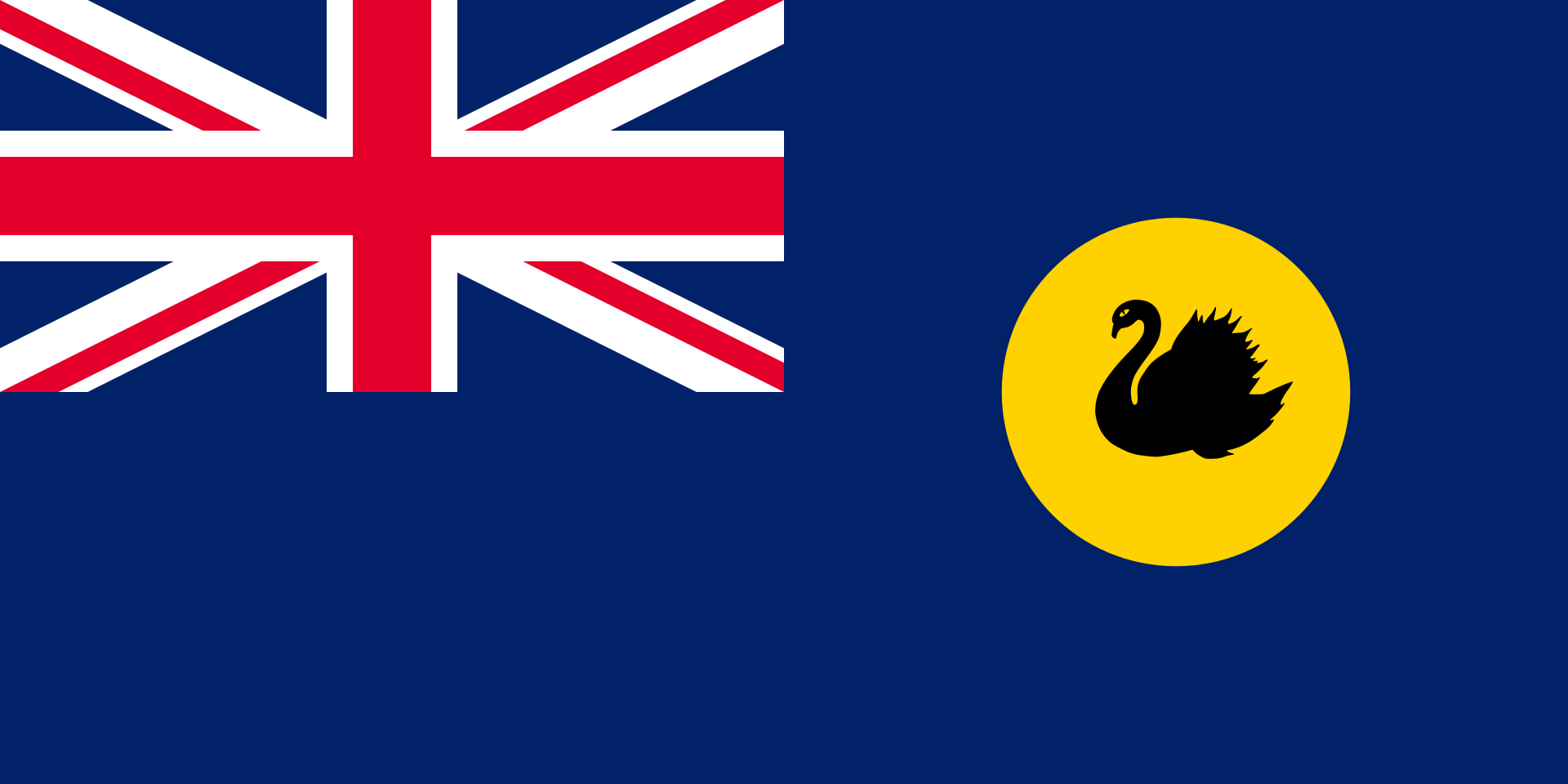 Western Australia-WA
Western Australia-WA

 Sport
Sport
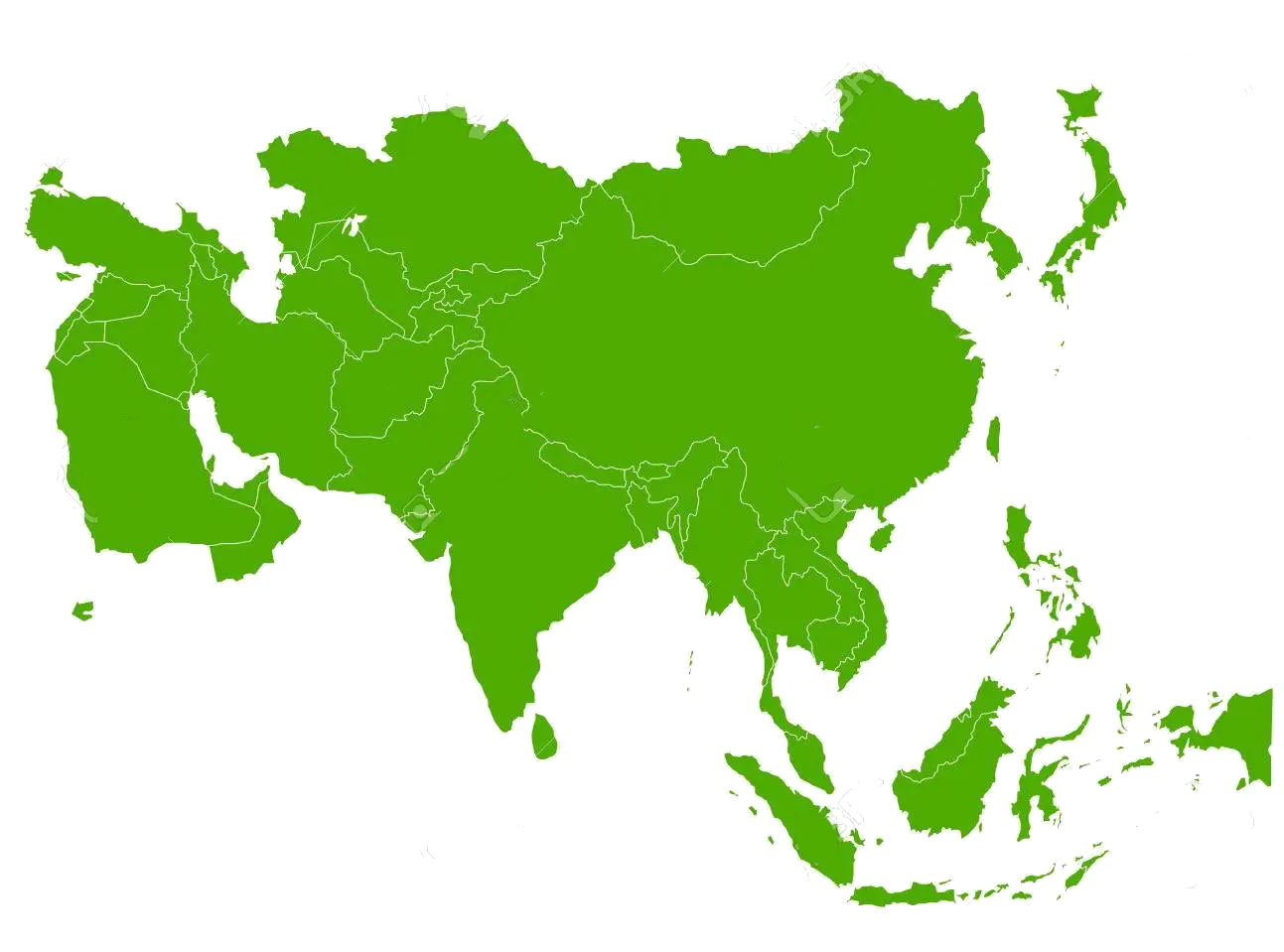 States of Asia
States of Asia

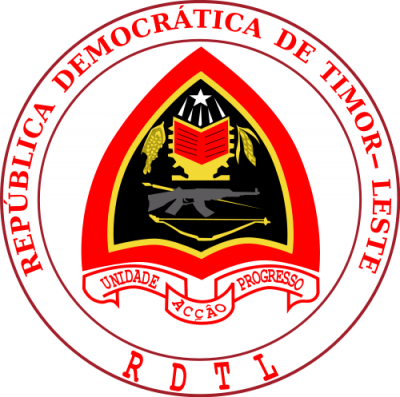
 History
History